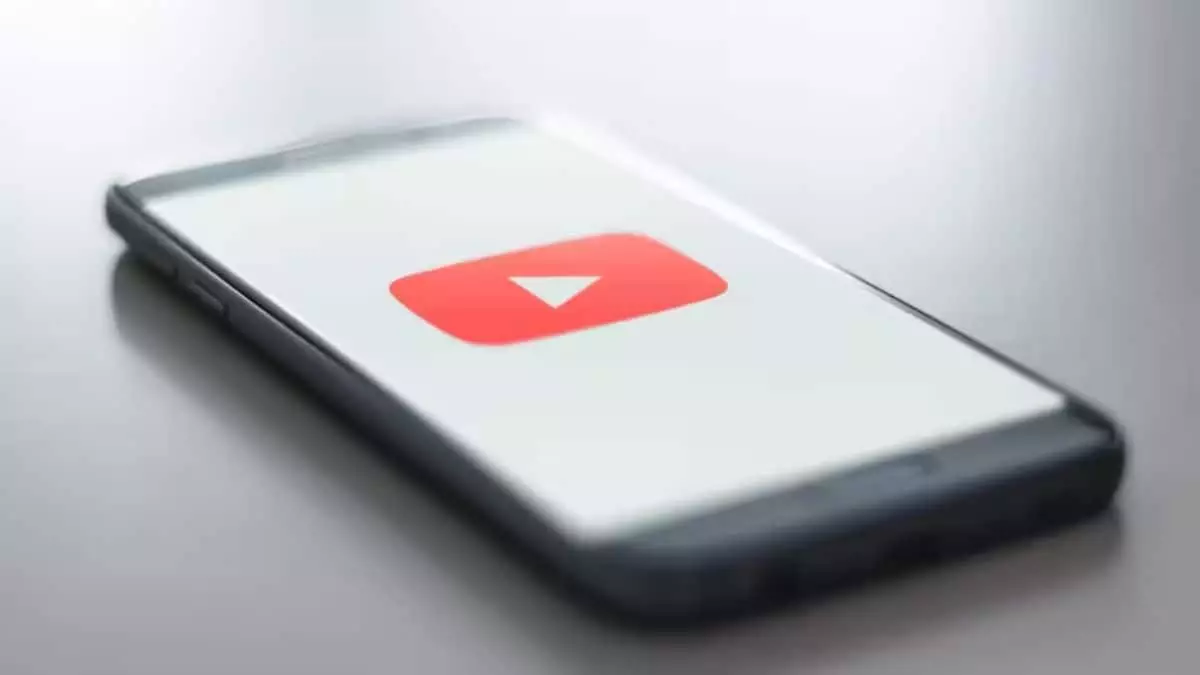YouTube is continually evolving, striving to maintain its position at the pinnacle of video sharing and content creation platforms. Recently, the company announced two significant features: YouTube Communities and the Hype button. These tools aim to enrich user engagement and bolster the visibility of emerging creators. This article will delve into these features, analyzing their implications for creators and viewers alike and exploring whether they address long-standing issues within the ecosystem.
YouTube Communities is a feature designed to transform interaction between content creators and their subscribers. It introduces a forum-style communication avenue where channel owners can post updates, polls, and other content, fostering a more direct line of communication with their audience. Traditional commenting was often inadequate as it forced creators to utilize external platforms such as Facebook or Discord for deeper engagement.
The Communities feature aims to centralize interaction within YouTube itself, potentially boosting user retention on the platform. However, it’s worth noting that this feature will not be enabled by default, meaning channel owners need to proactively opt-in. This raises questions about accessibility and whether creators may overlook enabling the feature, thus inhibiting the potential benefits for engagement.
Moderation is another critical aspect addressed by YouTube Communities. Channel owners are expected to monitor their community posts for inappropriate content, utilizing the newly introduced Community Hub tool. While moderation is essential for maintaining a healthy interaction space, it adds an extra layer of responsibility for creators, possibly deterring some from enabling the feature altogether.
Equally groundbreaking is the Hype button, specifically targeting creators who struggle with visibility. The mechanics of the Hype feature are intricate yet fascinating; viewers can generate hype for videos, which in turn elevates them on a leaderboard showcasing the most hyped content. This innovative approach is commendable, primarily because it shifts the focus toward smaller creators who often remain in the shadows of larger, established channels.
Despite its noble intention, the Hype button presents some barriers that may limit its effectiveness. For instance, a user can hype only videos from channels with fewer than 500,000 subscribers and can only do so three times a week. This restricted engagement may mean that even enthusiastic supporters of smaller creators could feel limited by the frequency of their interaction. Furthermore, with the additional complexity of the seven-day time window post-publication for hypes, creators might find themselves navigating a cumbersome system rather than benefiting from straightforward engagement.
Additionally, while there is talk of introducing purchasable hype options for enhanced monetization, it raises ethical concerns regarding artistic integrity and access to visibility. The reliance on monetary input to achieve visibility can further entrench the existing disparities in the creator ecosystem, marginalizing those without financial means.
As YouTube rolls out these features, the consequences for its vast creator ecosystem are poignant. On one hand, YouTube Communities could redefine how audiences interact with content creators, making the platform even more engaging. On the other hand, the Hype button could put smaller channels in the spotlight, ultimately diversifying the content landscape.
However, these features also come with significant caveats. The responsibilities placed on creators for moderation could lead to burnout or hesitation in using the Communities feature fully. Moreover, the complexity surrounding the Hype button may frustrate users more than it helps, potentially negating the very purpose of increasing engagement.
In sum, while YouTube’s new initiatives appear promising in theory, the real-world applications may present challenges that could impede their intended benefits. It remains to be seen how the platform will adapt these features based on community feedback. For now, creators and viewers alike must navigate these new features, with the hope that they genuinely enhance the YouTube experience without introducing friction into the already intricate web of online content creation.


Leave a Reply